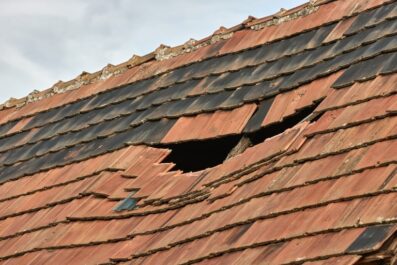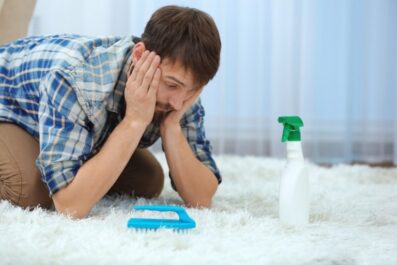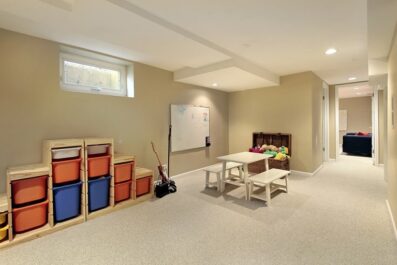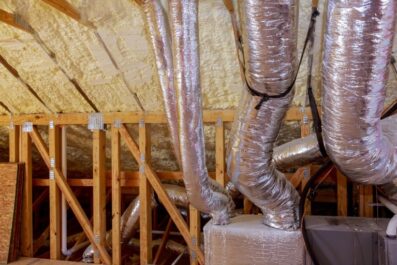5 Tips on How to Extend Your Deck’s Life as a Homeowner
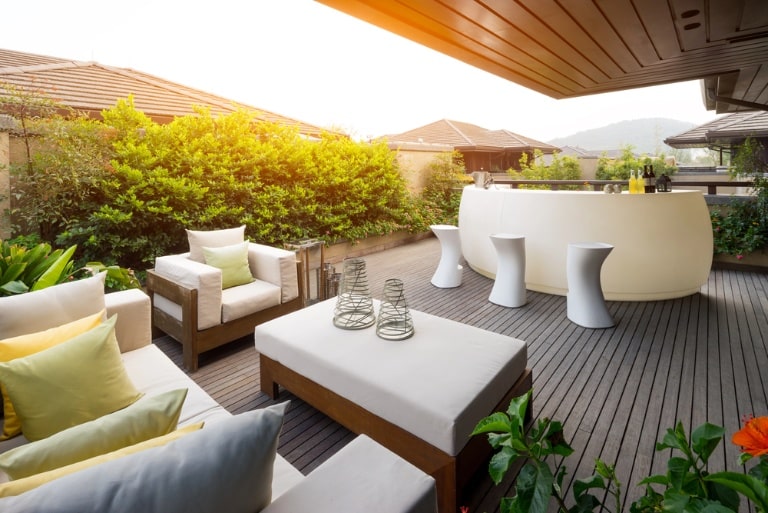
As a homeowner, your deck is more than just a platform and should not be left unattended, especially if you believe it is merely an outdoor space that requires little to no care. This is quite the opposite, as a deck is considered to be an extension of the home, a gathering place for meals, celebrations, and quiet evenings.
For locations like Lebanon County, homeowners struggle with humid summers, cold winters, and heavy spring rains that can shorten the lifespan of a deck. However, these challenges can be properly addressed if the tips highlighted below are carefully followed.
You can preserve both the beauty and function of your deck for years to come, and this guide focuses on five practical strategies to make that happen.
#1 Choose Durable Materials
As a homeowner, you need to understand that your deck will remain outside your home for the most part, so the type of material you use is going to determine longevity.
For instance, not all deck materials perform equally in climates with temperature swings and high precipitation. Therefore, materials like pressure-treated wood should be replaced with tropical hardwoods or composite decking options since they offer strong resistance against rot, mold, and UV fading.
Although pressure-treated woods have also been chemically treated to resist rot, decay, and insect damage, the key is to match your material to the conditions you face, which is why a Lebanon County deck builder would recommend materials that are best suited to withstand the demanding weather conditions of your environment.
#2 Have a Seasonal Cleaning Routine
Moisture is wood’s greatest enemy, so you have to ensure they are properly taken care of by having routine maintenance that slows down mildew, algae, and grime decay processes.
Also, you don’t have to be too rigid on seasonal cleaning routines; for instance, power washing or scrubbing can be done to remove winter’s buildup of salt, debris, and dirt on a deck’s surface.
For late summers, using sealants or products that penetrate rather than sit on the deck surface can help reduce peeling and flaking. These sealants act like water coats, as they help reduce water from seeping into the wood, thereby preventing small cracks from turning into big structural problems.
#3 Construct Smart Drainage Solutions
Stagnant water around your deck is one of the fastest ways to reduce its lifespan, which is why, for locations like Lebanon County, the rainfall pattern compared with the amount of snowfall during winter seasons can trap moisture between the structure, thereby encouraging rot.
A safety precaution to implement is to ensure that your deck boards are properly spaced for ventilation and drainage, allowing the easy flow of water away from the deck foundation.
For decks that are built over patios or walkouts, it is best to consider building under-deck drainage systems that channel water in a sloped pattern rather than having it stagnant, which might also breed mosquitoes.
#4 Perform Regular Inspections
As strenuous as this might sound, performing regular inspections is a crucial aspect of maintaining and extending the longevity of a deck. Think of it like a garden that needs to be watered, weeded, and controlled for pest infections.
A deck has similar peculiarities, but this time, its issues rarely happen overnight, and they result from small problems left unchecked. For instance, a loose fastener, a hairline crack, or an unnoticed soft spot in the joists can cause serious damage to kids or teenagers when having fun.
This is why it is important to walk the entire deck surface each season, press gently on boards to check for soft spots, look beneath the structure for signs of insect activity, water stains, or rusted hardware, and tighten or replace screws and nails if needed.
Many of these issues can be resolved as a DIY project; however, if you encounter serious concerns that are beyond repair, it is best to consult a professional to help find a better approach before it gets worse.
#5 Protect Deck Furniture With Protective Pads
Due to everyday usage, decks often tend to have little scratches on their surface, which is why it is important to use breathable mats, elevate pots on risers, and apply protective pads under furniture legs.
Sometimes mold or algae beneath the wood can also discolor the deck’s surface due to excess moisture, and by taking these steps, you are keeping the surface intact and reducing the frequency of repairs or refinishing.
Endnote
Regular maintenance of a deck shouldn’t be as stressful as it seems, especially if you have a seasonal care schedule mapped out to ensure they are in great condition. Decks are built to be enjoyed, not constantly repaired. Therefore, homeowners can extend their longevity with the aforementioned habits to reduce costs, prevent frustration, and keep outdoor spaces ready for gatherings year after year.
